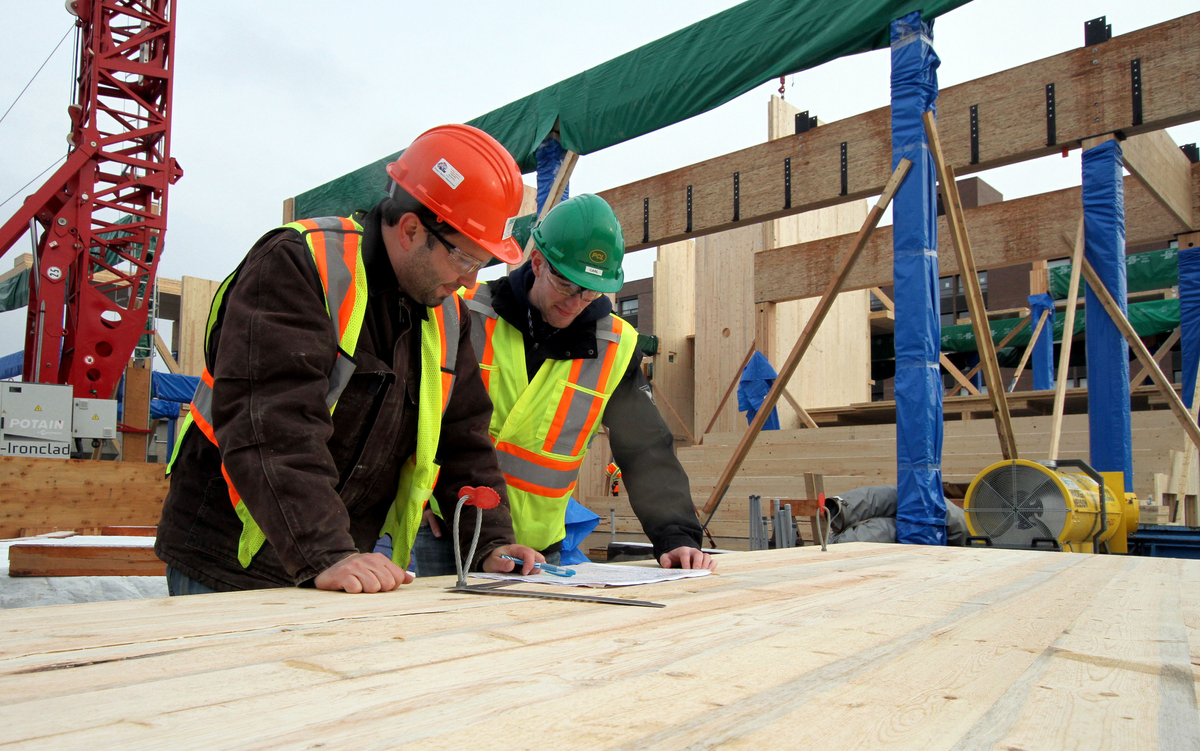Wood is wood, right? Not necessarily
Help your broker understand how mass timber—which employs engineered wood products such as cross-laminated, nail-laminated and glue-laminated timber as well as laminated veneer lumber—differs from light-frame wood construction.
You’ll need to educate brokers about the substantial and growing body of international evidence of mass timber’s fire-resistant properties. You’ll also want to show them that “numerous tests have been done that show mass timber’s fire-resistant properties. Through a combination of char and/or encapsulation requirements, a 2+ hour fire resistance can be achieved as needed to meet or exceed building code requirements.”
That includes a 2022 mass timber test burn of a structure in Ontario, Canada in which the fire on the structural elements “largely self-extinguished within the first hour” without any water or fire-suppression efforts and despite heavy use of accelerants and increased fuel load.
Building owners and developers must similarly educate brokers that properly constructed mass timber structures are not any more susceptible to water damage than those made from concrete and steel, according to the Canadian Wood Council.
Also available is the Mass timber project questionnaire for builder’s risk insurance by WoodWorks US. This form is designed to help construction, development and design teams in collecting mass timber project-specific information to share with their insurance team.

